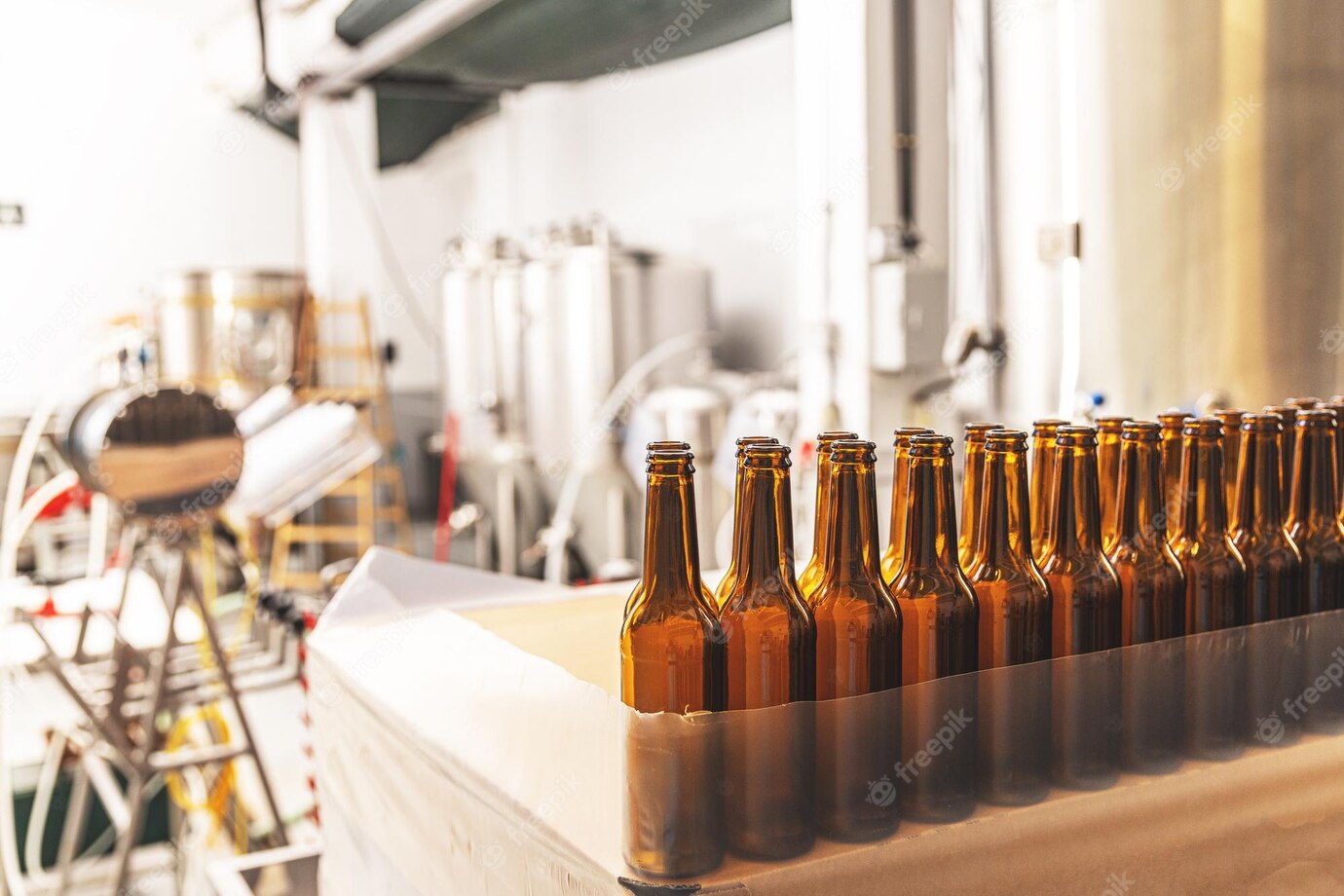Clickbait: Unlock the Secrets to Picking the Perfect Yeast for Your Brew!
Yeast selection is an important and often overlooked part of brewing. The right yeast will contribute to the flavor and overall quality of the beverage, while the wrong type of yeast can have detrimental effects. This article will discuss the importance of yeast selection and the key factors to consider when choosing a yeast for a particular brew. Also discussed will be some of the common issues and mistakes to avoid when selecting a yeast strain. The primary goal is to help brewers understand the key factors they must consider when deciding which yeast to use.
Yeast Selection: Importance and Factors to Consider
Using the right yeast for a given fermentation is essential for producing successful beverage quality. The characteristics of the finished product depend on a variety of factors, including yeast strain, fermentation environment, and wort composition. For many brewers, the process of yeast selection can be daunting, but when the right variables are considered, brewers can make educated decisions in their yeast selections.
Yeast selection is critical because the strain of yeast ultimately determines the flavor profile, aroma, and level of attenuation of a beer. In terms of flavor development, certain strains of yeast can contribute esters, phenolics, and alcohols to the flavor and aroma of a beer. Esters typically contribute fruity flavors to beer, such as banana and bubblegum. The aromas of cloves and nutmeg in beer come from phenolic compounds produced by certain strains of yeast. In the end, selecting the correct yeast strain for an intended style of beer can make or break a brew.
Furthermore, the level of attenuation in beer is also determined by yeast strain. Attenuation describes how much of the fermentable sugars have been converted to alcohol during fermentation. Under-attenuated beer will taste sweeter than intended, while over-attenuated beer will taste drier than expected. Not all yeast strains are capable of achieving the same level of attenuation and brewers must ensure that their chosen strain is capable of the desired level.
In order to make an informed decision, brewers must consider a few different factors in the selection process.
Fermentation Temperature Ranges
The temperature range of a given yeast strain is the most important factor for yeast selection. Any yeast strain will exhibit varying levels of activity between minimum and maximum acceptable range, after which it will become inactive. The cooler the fermentation temperature, the slower fermentation will be, and conversely, the greater the fermentation temperature, the greater the speed of fermentation.
Most strains of ale yeast become active and peak in productivity around 66° to 70°F, while lagers usually prefer a temperature range of 51° to 57°F for fermentation. Even within those ranges, different strains of the same yeast can display different activity.
Furthermore, the production of certain flavors and aromas can vary due to temperature. For instance, esters and phenolic compounds are typically produced superfluously during fermentation at higher temperatures. Brewers should opt for a lower temperature instead of a higher temperature to minimize the production of these compounds.
Fermentability
Boiling grist before mashing increases fermentability, while adding excessive amounts of unmalted grains and adjuncts or over-sparging can reduce the fermentability. This can have an impact on the choice of yeast, as certain strains of yeast cope better with unfermentable sugars than others.
When dealing with worts with low fermentability, brewers should select a yeast strain that creates a neutral flavor profile and is capable of fermenting fully. On the other hand, if fermentability is high and brewers are shooting for a specific flavor profile from their chosen strain, there is more flexibility in the fermentability range.
Alcohol Tolerance
Yeast strain alcohol tolerance can be expressed as a percentage of alcohol by volume (ABV). For example, some strains of yeast are capable of fermenting worts up to 8–10% ABV, while other varieties can handle up to 20% ABV.
Brewers must ensure that the chosen yeast strain will be able to handle the expected alcohol content of the beer, otherwise it will flocculate or die off before all the sugars are consumed. This will result in an unfinished or oxidized beer.
Factors to Consider in Yeast Selection
- The fermentation temperature range of a given yeast strain
- Fermentability of a given wort
- Alcohol tolerance of a given strain of yeast
Yeast selection is an important part of the brewing process and should not be overlooked. By taking into account known factors for the desired strain of yeast, brewers can make an informed decision and produce the best possible beer.

